Fighter Pilots Daughter
Fighter Pilots Daughter
Growing Up in the Sixties
and the Cold War
Mary Lawlor
ROWMAN & LITTLEFIELD
Lanham Boulder New York Toronto Plymouth, UK
Published by Rowman & Littlefield
4501 Forbes Boulevard, Suite 200, Lanham, Maryland 20706
www.rowman.com
10 Thornbury Road, Plymouth PL6 7PP, United Kingdom
Copyright 2013 by Rowman & Littlefield
All rights reserved. No part of this book may be reproduced in any form or by any electronic or mechanical means, including information storage and retrieval systems, without written permission from the publisher, except by a reviewer who may quote passages in a review.
British Library Cataloguing in Publication Information Available
Library of Congress Cataloging-in-Publication Data
Lawlor, Mary, 1949
Fighter pilots daughter : growing up in the sixties and the Cold War / Mary Lawlor.
pages cm.
Includes bibliographical references and index.
ISBN 978-1-4422-2200-7 (cloth : alk. paper)ISBN 978-1-4422-2201-4 (electronic)
1. Lawlor, Mary, 1949 Childhood and youth. 2. Lawlor, JackFamily. 3. Fighter pilotsUnited StatesBiography. 4. Children of military personnelUnited StatesBiography. 5. Adjustment (Psychology) in childrenUnited States. 6. AmericansForeign countriesBiography. 7. United States. NavyAviationBiography. 8. United StatesSocial life and customs19451970. 9. Nineteen sixtiesAnecdotes. 10. Cold WarSocial aspectsUnited States. I. Title.
UG626.2.L39L39 2013
359.0092dc23
[B]
2013015707
 TM The paper used in this publication meets the minimum requirements of American National Standard for Information Sciences Permanence of Paper for Printed Library Materials, ANSI/NISO Z39.48-1992.
TM The paper used in this publication meets the minimum requirements of American National Standard for Information Sciences Permanence of Paper for Printed Library Materials, ANSI/NISO Z39.48-1992.
Printed in the United States of America
For Nancy, Sarah, and the memory of Lizzie;
and, as always, for John and Abbey
Acknowledgments
First I would like to acknowledge the complex experiences of military daughters and sons around the globe, those I went to school with in the US and Germany and those Ive never met. Their stories helped me shape my own story in countless ways. In writing Fighter Pilots Daughter, I have changed the names of some people in order to protect their privacy.
I would like to thank the following institutions for making documents available and for research guidance: the National Archives; the Center of Army History; the Military Family Research Center at Purdue University; the US Army Military History Institute Library at Carlisle Barracks, PA; the Marine Corps History Division at Quantico, Virginia; the Registrars Office at the Merchant Marine Academy, Kings Point, New York; the Dwight D. Eisenhower Presidential Library; the John F. Kennedy Presidential Library; and the Harry S. Truman Presidential Library. While the interpretations and opinions about military history in this book are my own, I am grateful for their help in accessing important information.
Mary Edwards Wertschs phrase our first family portrait regarding The Great Santini (Lewis John Carlinos 1979 film based on Pat Conroys novel of the same name) in Military Brats: Legacies of Childhood Inside the Fortress (St. Louis, MO: Brightwell Publishing, 2006) appears in the introduction with permission of Mary Edwards Wertsch and Brightwell Publishing.
Andrew Bacevich graciously granted his permission to summarize his arguments in The New American Militarism: How Americans are Seduced by War (Oxford: Oxford University Press, 2005) in the introduction and the concluding chapter.
Harry Trumans letter to Paul Hume is quoted in chapter 4, courtesy of the Harlan Crow Library, Dallas, Texas.
Harry Trumans letter to Congressman Gordon McDonough, quoted in chapter 4, appears courtesy of the American Presidency Project at the University of California, Santa Barbara.
The lines quoted in chapter 4, page 83, are from Daniel Swifts Bomber County: The Poetry of a Lost Pilots War (New York: Farrar, Straus, and Giroux, 2010). I am grateful to him for permission to quote.
Gerald Haines kindly gave me permission to quote from his report on the CIAs role in the Guatemala coup of 1954 in chapter 5.
The short story Refresh, Refresh, by Benjamin Percy, referred to in chapter 13 appears in Percys, Refresh, Refresh (St. Paul, MN: Graywolf Press, 2007). I am grateful to him for permission to cite it.
Permission to quote from the Army Times, Army Flies Planes to Asia, June 9, 1962, in chapter 13, is courtesy of Gannett Publishing.
Permission to cite Donna Alvahs Unofficial Ambassadors: American Military Families Overseas and the Cold War, 19461965 (New York: NYU Press, 2007) in chapter 15 is courtesy of Donna Alvah.
I want to thank my agent, Neil Salkind, for doing such a wonderful job and for much great advise. Im grateful too to Stacey Czarnowski at Studio B and to editors Ben Verdi and Julia Loy at Rowman and Littlefield for all their help.
I am grateful to Edmond Lawlor and Margaret Lawlor Kirby for sharing their memories of my fathers boyhood and of their South Orange, New Jersey, household in the 1930s and 1940s. Thanks to Nancy Lawlor Pennington for holding onto our fathers letters written to his parents in the 1940s and for letting me have them to consult for this book; and to both Nancy and Sarah Lawlor Pearce for many conversations about our upbringing that clarified and corrected my memories. Im thankful to my niece, Barbara Pennington, for scanning many photographs; to my cousin Lucy Kirby Brunelle for providing the photo of our grandfather Lawlor; to my nephew, John Davis, for sharing my fathers flight log books; and to my Downing, Haugh, Kirby, Lawlor, OBrien, and Walsh cousins for much information and a multitude of different perceptions of our extended family cultures during the Cold War years.
Thanks to Jim Bloom for being the very first reader of the introduction and for giving me the thumbs up; to Tom Cartelli for calling me a writer and pushing me without knowing it; to Francesca Coppa for much intellectual stimulation and for departmental balance. Im grateful as well to Kelly Cannon, Humanities Librarian at Trexler Library, Muhlenberg College, for helping me obtain records on my fathers service with the Marine Corps. Many thanks to Pat Badt, Amra Brooks, Bathsheba Monk, Scott Sherk, Marie Soule, and Virginia Wiles for sound suggestions and support as I wrote the book. Alice and Jim Rattenbury helped me with the title, and Alice came up with Fighter Pilots Daughter. Mostly and forever, Im thankful for the mind and heart of John McClure, a vital beam on ordinary, cloudy, as well as bright days.
Introduction: The Pilots House
The pilots house where I grew up was mostly a womens world. There were five of us. We had the place to ourselves most of the time. My mother made the big decisionswhere we went to school, which bank to keep our money in. She had to decide these things often because we moved every couple of years. The house is thus a figure of speech, a way of thinking about a long series of small, cement dwellings we occupied as one fictional home.
It was my father, however, who turned the wheel, his job that rotated us to so many different places. He was an aviator, first in the Marines, later in the Army. When he came home from his extended absencesmissions, they were calledthe rooms shrank around him. There wasnt enough air. We didnt breathe as freely as we did when he was gone, not because he was mean or demanding but because we worshipped him. Like satellites my sisters and I orbited him at a distance, waiting for the chance to come closer, to show him things wed made, accept gifts, hear his stories. My mother wasnt at the center of things anymore. She hovered, maneuvered, arranged, corrected. She was first lady, the dame in waiting. He was the center point of our circle, a flier, a winged sentry who spent most of his time far up over our heads. When he was home, the house was definitely his.
Next page
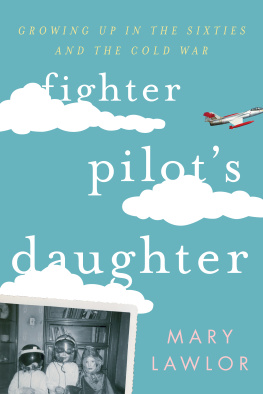
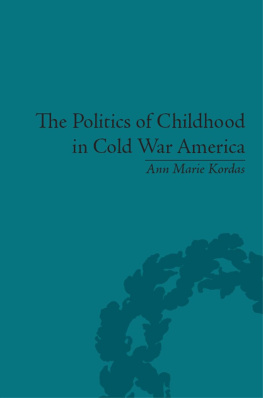
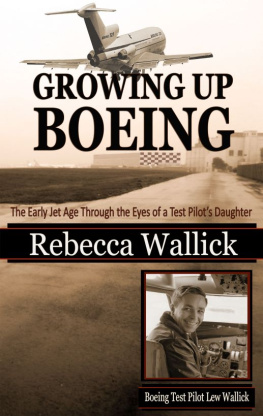


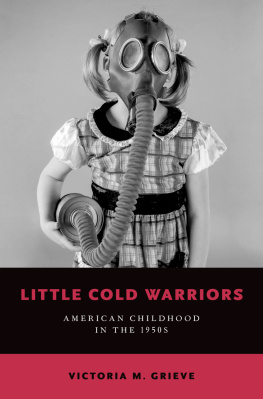
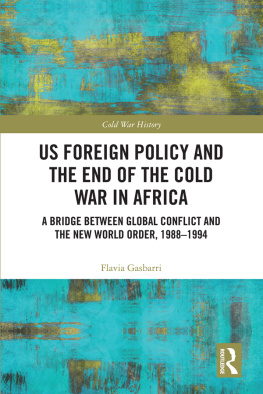
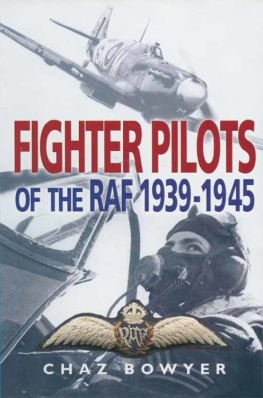
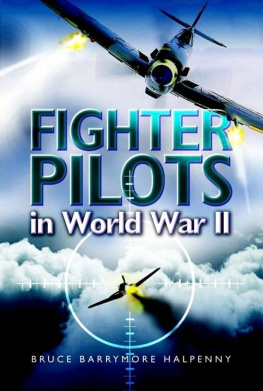
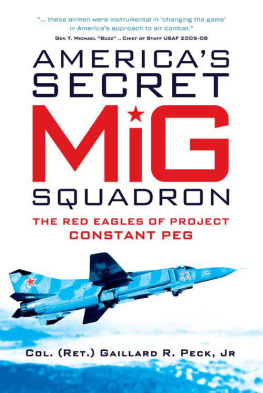
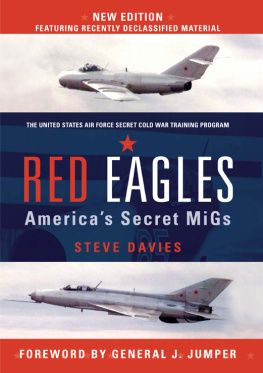
 TM The paper used in this publication meets the minimum requirements of American National Standard for Information Sciences Permanence of Paper for Printed Library Materials, ANSI/NISO Z39.48-1992.
TM The paper used in this publication meets the minimum requirements of American National Standard for Information Sciences Permanence of Paper for Printed Library Materials, ANSI/NISO Z39.48-1992.